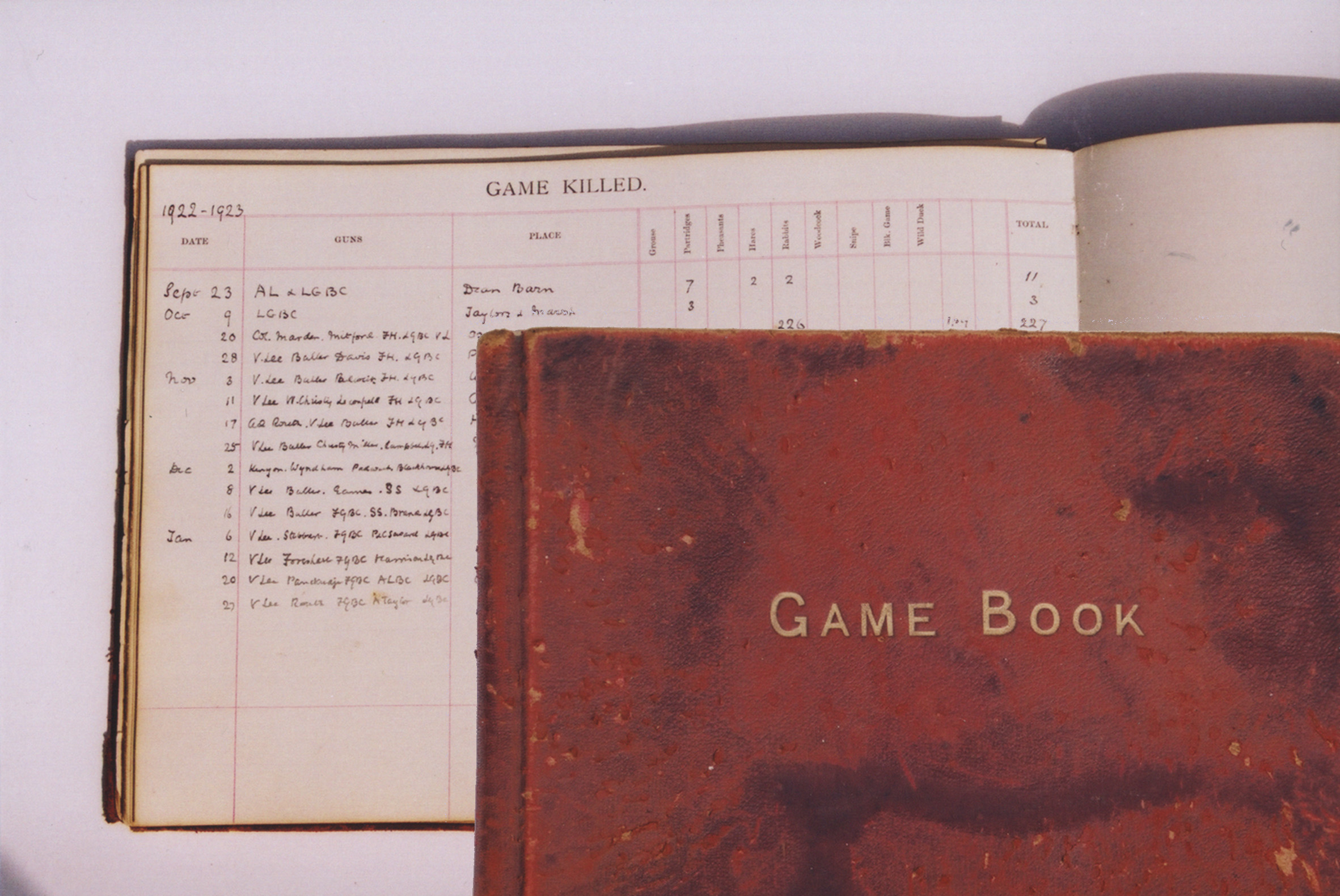Pheasant Shoots
The pheasant shoots would generally start in October and once the leaves had fallen from the trees ‘the guns’ would have better sighting when they were in action. The ‘Squire’ and the Head Gamekeeper were usually responsible for setting the dates for the shoots and also, before each one, for deciding which beats to use and working out the ‘drives’, how long each would take etc.
The pheasant shoot was a syndicate. Lothian Bonham Carter and his sons (the Colonel (Algernon) and Sir Stuart), when they were at home, would be joined by four or five others who would pay to take part. Their fees helped to pay the keepers’ wages. The main areas, or ‘beats’ were The Field (the hop gardens around Cowhouse Farm), all Pill Mead (including the woods down there), all New Barn valley, all Dean Barn valley (where the railway goes), Cockshot Woods, the Holt and Gravel Hill Bottom (also known as the Ladies Mile).
The party would usually set off to shoot at 9.00am. The ‘guns’, generally five or six of them, would assemble at a meeting place. On each drive the keepers would put up sticks where the guns had to stand, each stick with a ticket on it. Each of the guns would have been allotted a number in the morning and would rotate around each of the shooting positions during the day.
Big shoots would require about 20 beaters and as many as 30 boys (girls on some occasions if they couldn’t get enough boys) acting as ‘stops’. The keeper’s sons would deliver a summary of requirements to Mr Patrick (the schoolmaster) who would choose the boys to act as stops. The beaters would drive the pheasants out with the keepers (up to ten, including some from neighbouring estates) keeping them under control. The boys were positioned so as to prevent the birds flying out the back of the woods. Dogs, too, were an important part of the operation and were generally marvellous as a team.
The boys would be paid about eight pence (8d) for the day but would also get a good lunch: two sausages, bread, a mince pie and a drink of tea or coffee. The beaters would get about 2/6d for the day and their packed lunch would be followed by beer, usually supplied in four or five gallon stone jars encased by a wicker basket.
Regardless of all the preparations and organisation on the day, the number of pheasants shot was ultimately down to the accuracy of ‘the guns’. A leather-bound game book records all the ‘bags’ from 1906 to 1957. In a rare comment about the performance of the members of the syndicate, it was noted on October 20th 1934 (in what was otherwise “a wonderful season”) : “Birds flew very well. The first drive lowered the total. Plenty of birds but they couldn’t hit them.”




